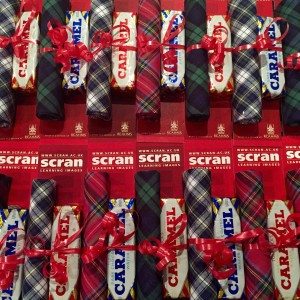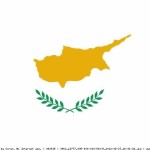MacFarlane Lang Biscuits
29th May 2018 by Scran | 0 comments
“Butter Bar Biscuits are really delightful – Try Them!” Perhaps an unsubtle advertising slogan by today’s standards, but no doubt a success for the Macfarlane Lang & Co Biscuit Factory in Glasgow.
Beginning its life as a bread bakery as far back as the year 1817 in the Gallowgate by Mr James Lang, the premises then consisted of a small shop with bakery attached. Soon after the joining of Mr John Macfarlane, in 1860 the company found the need to move into larger premises in Calton. It was here that Macfarlane was joined by his two sons and it was soon decided to erect premises specially adapted to the trade. Opened in 1880, the large factory ensured the continuing prosperity of the firm. It was in 1885, that they decided to manufacture of biscuits as well.
At its extent, the Victoria Bread & Biscuit Works complex at 30 Wesleyan Street, Bridgeton, Glasgow covered an area of seven thousand square yards. A five-storeyed building plus attic block was built in 1895 to designs by J M Monro, architect. The bread and cake part of the business continued to operate on this site, and by 1967 was owned by the Milanda Bread Co Ltd. That bakery operated until 1974, but has since been demolished.
Meanwhile the Victoria Biscuit Works (Macfarlane Lang & Co Biscuit Factory) at 35 Clydeford Drive, Tollcross, Glasgow was built in the 1920s, to replace their first factory.
This one was laid out horizontally rather than vertically, very much in the style of the era. Behind a rather plain façade was a large area of workshops, housing bakery and finishing facilities. When the works was built the packing was all done manually. Amongst others, this is where the production of Rich Tea, Gypsy Cream and Cream cracker biscuits took place – ready for dispatch to all parts of the world.

At the same time, owner John W. Macfarlane, purchased Villa ‘Norwood’ in 1920s Bearsden. The Biscuit business must have been booming.
 In 1948 Macfarlane Lang & Co merged with McVitie & Price. Macfarlane Lang & Co were the largest of the Glasgow biscuit bakers. They were, by 1967, part of the United Biscuits group, an amalgamation of several firms put together by Canadian entrepreneur Gary Weston. The brand name has not survived.
In 1948 Macfarlane Lang & Co merged with McVitie & Price. Macfarlane Lang & Co were the largest of the Glasgow biscuit bakers. They were, by 1967, part of the United Biscuits group, an amalgamation of several firms put together by Canadian entrepreneur Gary Weston. The brand name has not survived.
Images © University of Strathclyde, National Library of Scotland, East Dunbartonshire Council, Scottish Motor Museum Trust & Historic Environment Scotland | Licensor Scran

 The Scottish Life Archive
The Scottish Life Archive This cab office just off George Square was quite a large business at around that time. Broughams were often hired by doctors. They were small closed carriages drawn by one horse. Miss I. M Cramond, who was a child at the beginning of the 20th century and a member of Adam Cramond’s family, remembered that in 1904 doctors used them when they went on their rounds. At the beginning of the 20th century each firm of cab owners had a ‘stance’ where their cabs stood. Cramond’s was at Waterloo Place. The four-in-hand coaches also waited at Waterloo Place, and they would go as far afield as Roslin and the Forth Bridge.
This cab office just off George Square was quite a large business at around that time. Broughams were often hired by doctors. They were small closed carriages drawn by one horse. Miss I. M Cramond, who was a child at the beginning of the 20th century and a member of Adam Cramond’s family, remembered that in 1904 doctors used them when they went on their rounds. At the beginning of the 20th century each firm of cab owners had a ‘stance’ where their cabs stood. Cramond’s was at Waterloo Place. The four-in-hand coaches also waited at Waterloo Place, and they would go as far afield as Roslin and the Forth Bridge.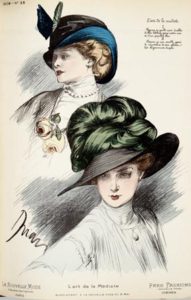
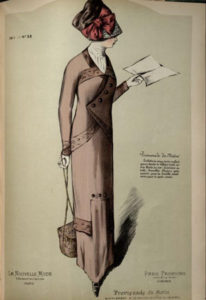
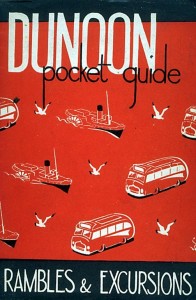
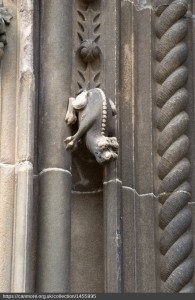
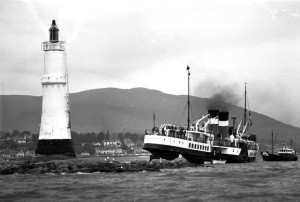
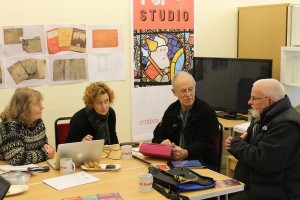
 aturday 19th September 2015. After such a full day in the capital, we stayed local and visited the neighbouring village of Kato Drys. Firstly, we went to the top of Sotira hill, behind Lefkara to get panoramic view across the Larnaca District and surrounding landscape and visited the tiny church perched there. It had some charming icons dating from the early C20th.
aturday 19th September 2015. After such a full day in the capital, we stayed local and visited the neighbouring village of Kato Drys. Firstly, we went to the top of Sotira hill, behind Lefkara to get panoramic view across the Larnaca District and surrounding landscape and visited the tiny church perched there. It had some charming icons dating from the early C20th.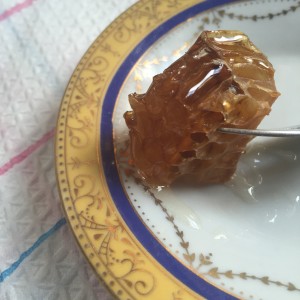



 We made an early morning visit to the silversmiths in Lefkara and learned about their processes, which are mostly mechanised but involved all sorts of materials, rubber, wax, plaster and of course silver. The workshops were very interesting but we could not linger. Adriana had to get us to the airport for our incredible journey home to Glasgow, via Stansted. I’m glad to say on our way to Paphos she took us to see Aphrodite’s Rock, the ideal way to say goodbye & ευχαριστώ
We made an early morning visit to the silversmiths in Lefkara and learned about their processes, which are mostly mechanised but involved all sorts of materials, rubber, wax, plaster and of course silver. The workshops were very interesting but we could not linger. Adriana had to get us to the airport for our incredible journey home to Glasgow, via Stansted. I’m glad to say on our way to Paphos she took us to see Aphrodite’s Rock, the ideal way to say goodbye & ευχαριστώ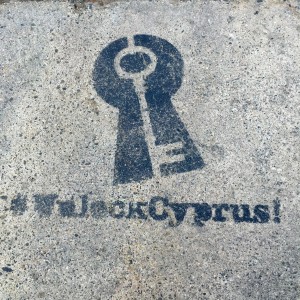 earing the capital city of Cyprus I was surprised to see a giant Turkish Cypriot flag painted onto the side of the Kyrenia Mountains – what a statement. Following the conflict of 1974, the Turkish Republic of Northern Cyprus TRNC became a self-declared state, however it is only recognised by Turkey. The political and military dispute in Cyprus remains unresolved and the island continues with life, divided. The Green Line runs 112 miles from east to west across the island, splitting families, property and communities.
earing the capital city of Cyprus I was surprised to see a giant Turkish Cypriot flag painted onto the side of the Kyrenia Mountains – what a statement. Following the conflict of 1974, the Turkish Republic of Northern Cyprus TRNC became a self-declared state, however it is only recognised by Turkey. The political and military dispute in Cyprus remains unresolved and the island continues with life, divided. The Green Line runs 112 miles from east to west across the island, splitting families, property and communities.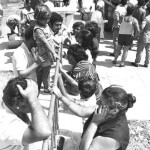
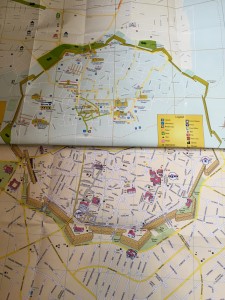 Nicosia is a vibrant & sophisticated city, with a buzz in the streets. Trendy shops & coffee houses lined the artists’ quarter. After a little pick-me-up in the form of some Cyprus coffee, μέτριο for me please, we neared the Green Line. Passports at the ready we crossed over to the north side of the city through two sets of border control, Greek & Turkish. It was easy enough the pass through, plenty of tourists and locals alike were going to & fro. Yet, CCTV was evident, uniformed armed guards were on duty & signage warned us that photography was strictly forbidden in this narrow
Nicosia is a vibrant & sophisticated city, with a buzz in the streets. Trendy shops & coffee houses lined the artists’ quarter. After a little pick-me-up in the form of some Cyprus coffee, μέτριο for me please, we neared the Green Line. Passports at the ready we crossed over to the north side of the city through two sets of border control, Greek & Turkish. It was easy enough the pass through, plenty of tourists and locals alike were going to & fro. Yet, CCTV was evident, uniformed armed guards were on duty & signage warned us that photography was strictly forbidden in this narrow


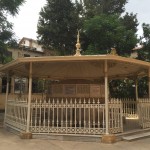
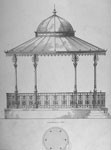
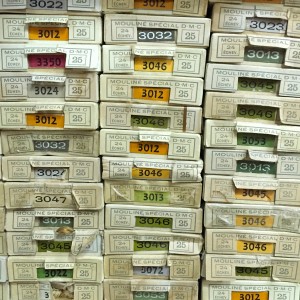 Not only is she a successful businesswoman, but Senaye also works on bi-communal projects, using craft to bring together Cypriots from both sides of the divide and trains up young apprentices too. Thereby generating hope for the future and breaking down barriers. Later we visited the amazing Yagcioglu haberdashery, which stocked the all-important
Not only is she a successful businesswoman, but Senaye also works on bi-communal projects, using craft to bring together Cypriots from both sides of the divide and trains up young apprentices too. Thereby generating hope for the future and breaking down barriers. Later we visited the amazing Yagcioglu haberdashery, which stocked the all-important 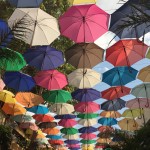

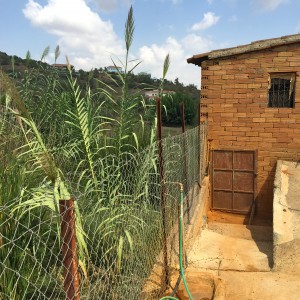

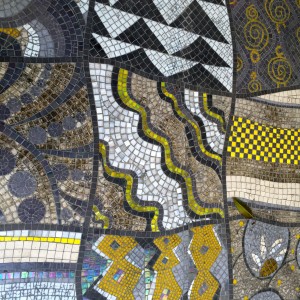
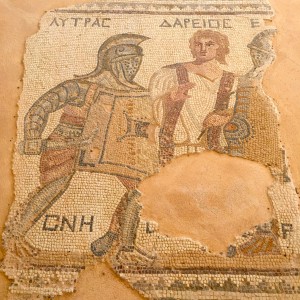
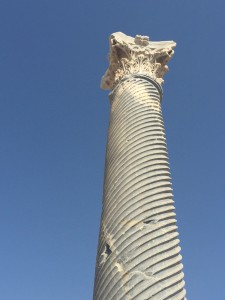
 Tuesday 15th September 2015. Our all-female, party of five had travelled from Scotland. The group consisted of heritage & education professionals with definite interests museum practice, interpretation, learning and community engagement. Although, through the week other interests & skills would surface as we got to know each other.
Tuesday 15th September 2015. Our all-female, party of five had travelled from Scotland. The group consisted of heritage & education professionals with definite interests museum practice, interpretation, learning and community engagement. Although, through the week other interests & skills would surface as we got to know each other.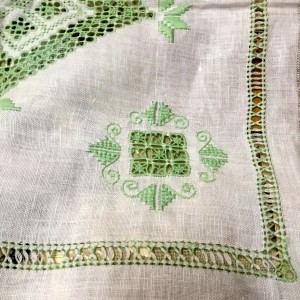 The village & surrounding area is renowned for it’s lace making, so much so, in 2009 it was recognised by UNESCO. Lefkara laces or Lefkaritika was added to the list of the
The village & surrounding area is renowned for it’s lace making, so much so, in 2009 it was recognised by UNESCO. Lefkara laces or Lefkaritika was added to the list of the  Here we were welcomed with some homemade traditional lemonade & shown a wealth of Lefkaritika as well as locally made silver jewellery. I had not seen the lace in reality before and there was no doubt that Lefkaritika was indeed beautiful. The pieces on offer were mostly traditional & could be considered old fashioned by some, however the lace is labour intensive to produce and requires years of skill to become a proficient maker. The lace makers of Lefkara are traditionally women, who learn the art from their mothers & grandmothers. Sadly this knowledge of applying cotton thread to linen is being lost as the population shifts away from Lefkara and other socio-economic pressures increase on Cypriot life.
Here we were welcomed with some homemade traditional lemonade & shown a wealth of Lefkaritika as well as locally made silver jewellery. I had not seen the lace in reality before and there was no doubt that Lefkaritika was indeed beautiful. The pieces on offer were mostly traditional & could be considered old fashioned by some, however the lace is labour intensive to produce and requires years of skill to become a proficient maker. The lace makers of Lefkara are traditionally women, who learn the art from their mothers & grandmothers. Sadly this knowledge of applying cotton thread to linen is being lost as the population shifts away from Lefkara and other socio-economic pressures increase on Cypriot life.
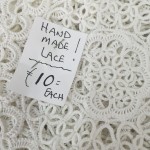
 aware of the power and impact of certain colour schemes. We were informed the homes with blue doors, shutters & window frames, were those of Greek Cypriots whereas the homes with green paintwork, were those of Turkish Cypriots, some of which were unoccupied. In the same vein, many doors had knockers in the shape of a woman’s hand. These would be referred to as the hand of Mary or the hand of Fatima depending on whether it was a Greek Cypriot Christian or Turkish Cypriot Muslim home respectively. Amongst the numerous Greek Orthodox churches in Lefkara we visited the impressive & ornate 14th Century Timios Stavros church. Further down the hill we also admired the derelict, but well maintained, mosque. It quickly became apparent to me that impact of history, politics and conflict was visible everywhere. As a visitor it was plain to see Lefkara is one village, with two distinct communities linked through many common threads.
aware of the power and impact of certain colour schemes. We were informed the homes with blue doors, shutters & window frames, were those of Greek Cypriots whereas the homes with green paintwork, were those of Turkish Cypriots, some of which were unoccupied. In the same vein, many doors had knockers in the shape of a woman’s hand. These would be referred to as the hand of Mary or the hand of Fatima depending on whether it was a Greek Cypriot Christian or Turkish Cypriot Muslim home respectively. Amongst the numerous Greek Orthodox churches in Lefkara we visited the impressive & ornate 14th Century Timios Stavros church. Further down the hill we also admired the derelict, but well maintained, mosque. It quickly became apparent to me that impact of history, politics and conflict was visible everywhere. As a visitor it was plain to see Lefkara is one village, with two distinct communities linked through many common threads.
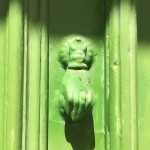


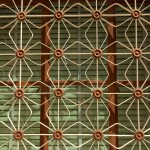

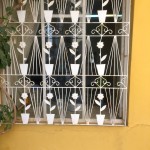


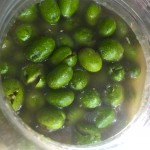 Our evening meal was prepared for us by our second host, Panayiota Demetriou local resident of the neighbouring village of Kato Drys. We observed the lighting of the customary Cyprus outdoor oven, a selection of dishes including tavas was put in & the domed oven was then sealed with clay for several hours of slow cooking. The results were delicious & served us well as a welcoming feast.
Our evening meal was prepared for us by our second host, Panayiota Demetriou local resident of the neighbouring village of Kato Drys. We observed the lighting of the customary Cyprus outdoor oven, a selection of dishes including tavas was put in & the domed oven was then sealed with clay for several hours of slow cooking. The results were delicious & served us well as a welcoming feast.